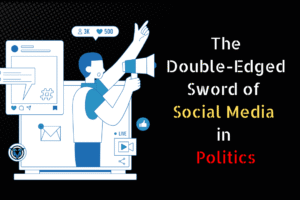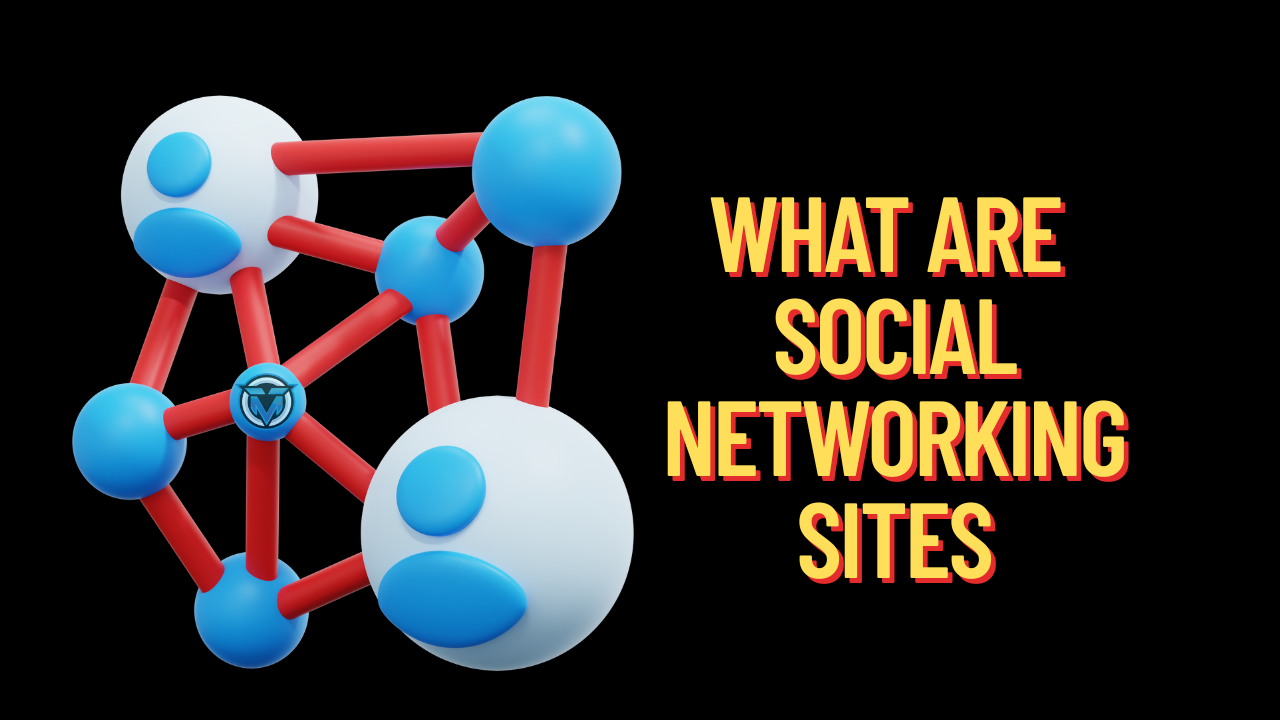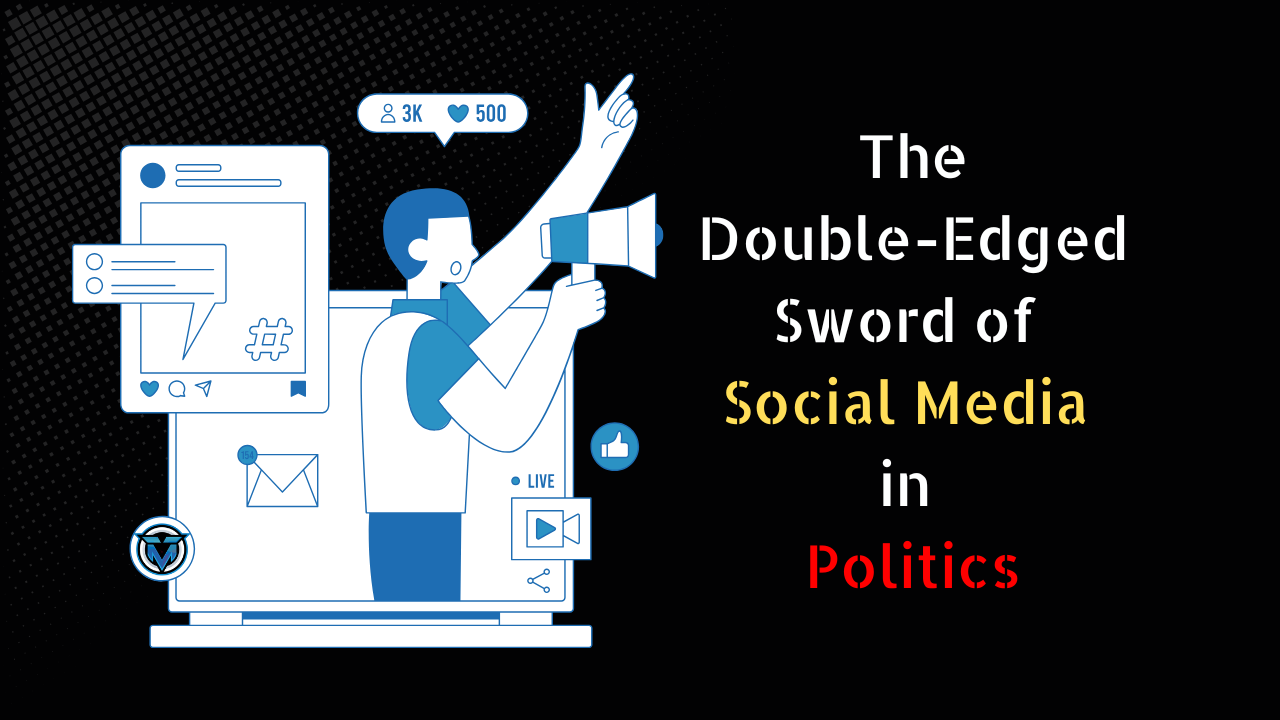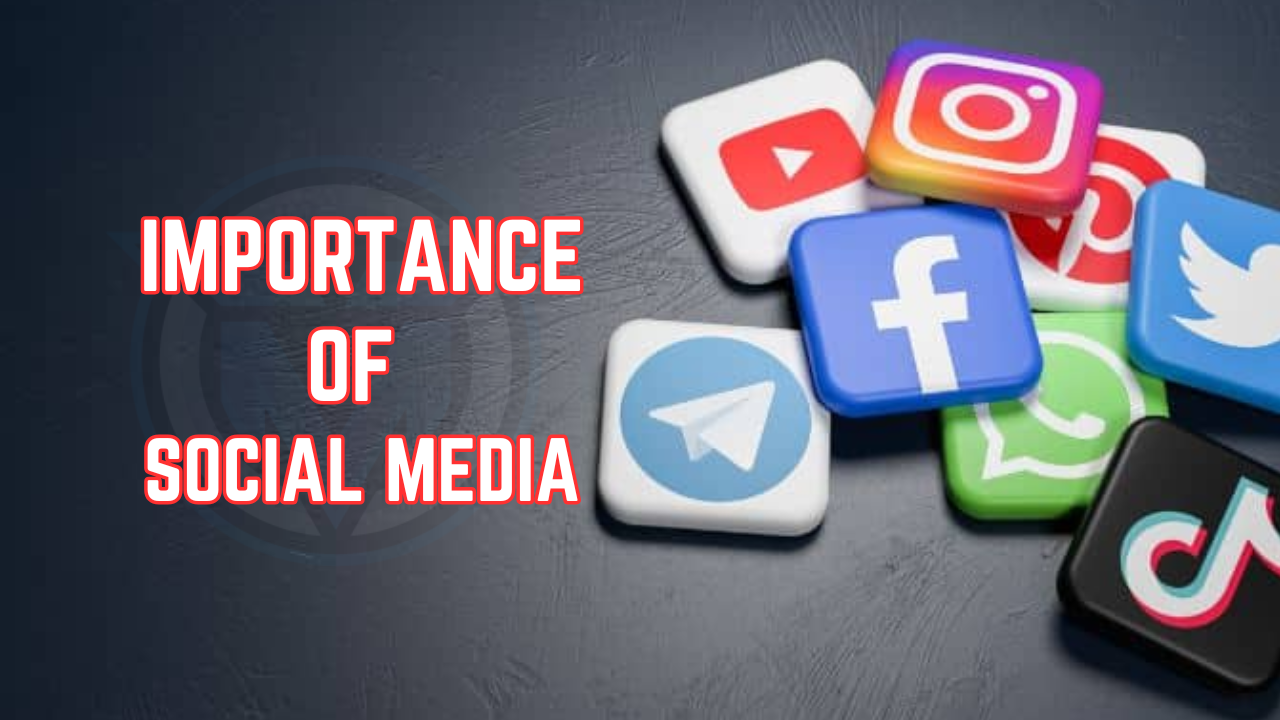📌Social networking sites (SNS) are online platforms that allow users to create personal or business profiles, connect with other users, share content, and interact in real-time. These platforms serve as digital communities where users engage through messaging, sharing posts, liking, commenting, and much more.
Popular examples of social networking sites include:
Unlike traditional websites, social networking sites are interactive and user-driven, meaning the majority of content is created, shared, and consumed by users themselves.
🧠 Brief History of Social Networking
The concept of social networking dates back to the early days of the internet, but it really took off in the early 2000s:
- 1997: SixDegrees.com was one of the first recognizable SNSs, allowing users to create profiles and connect.
- 2003: LinkedIn launched as a professional networking platform.
- 2004: Facebook was founded and revolutionized social networking.
- 2010s – Present: Platforms like Instagram, Twitter, TikTok, and Threads introduced new content formats like microblogging, short videos, and visual stories.
⚙️ How Do Social Networking Sites Work?
At their core, all social networking sites work based on a few common principles:
1. User Registration and Profile Creation
To start using a social networking site, users typically sign up by providing basic information like name, email, age, and sometimes occupation or interests. After registration, users create a profile that may include:
- Profile picture
- Bio or personal summary
- Location
- Contact information
- Links to websites or portfolios
2. Connecting with Others
Social networking is all about making connections. Depending on the platform:
- Facebook and LinkedIn: Users send and accept friend or connection requests.
- Instagram and Twitter (X): Users follow others to see their updates.
- Threads and TikTok: Follower-based systems allow discovery via trending content.
3. Content Sharing
Users can post various types of content, such as:
- Text updates
- Photos and videos
- Links to articles or websites
- Polls and surveys
- Live streams or stories
4. Interaction and Engagement
Engagement is key to social networking. Users interact with content through:
- Likes or reactions
- Comments
- Shares or retweets
- Tags and mentions
- Private messaging or DMs
These actions help strengthen relationships, expand reach, and improve visibility on the platform.
5. Algorithms and Feeds
Social networking sites use algorithms to display content based on:
- User interests
- Previous interactions
- Popularity of posts
- Timeliness
- Content relevance
This is why no two users have the same feed—even if they follow the same people.
6. Groups and Communities
Many platforms offer groups or forums where users with similar interests can join and interact. Examples include:
- Facebook Groups
- LinkedIn Groups
- Reddit Communities (though Reddit is more of a discussion forum, it overlaps with social networking functions)
7. Notifications and Alerts
Users receive real-time notifications about new likes, comments, messages, friend requests, and mentions—helping maintain active engagement.
🌍 Types of Social Networking Sites
Social networking platforms can be categorized into several types based on their primary purpose:
| Type | Examples | Purpose |
|---|---|---|
| Personal Networking | Facebook, Instagram | Socializing with friends/family |
| Professional Networking | Job hunting, networking, industry insights | |
| Microblogging | Twitter (X), Threads | Short updates, news, real-time trends |
| Visual Platforms | Instagram, Snapchat | Photo and video sharing |
| Interest-Based | Reddit, Quora | Community discussions, niche interests |
| Dating Networks | Tinder, Bumble | Romantic connections |
🧩 Key Features of Social Networking Sites
- User-Generated Content (UGC): Content is created and shared by users themselves.
- Network Building: Ability to connect with people across the globe.
- Personalization: Content tailored to individual preferences and interactions.
- Multimedia Integration: Support for images, videos, GIFs, and live video.
- Real-Time Updates: Instant sharing and notification of events and content.
- Privacy Controls: Users can manage visibility of their content and control who sees what.
- Monetization Options: For creators and businesses through ads, sponsorships, or affiliate marketing.
🚀 Benefits of Social Networking Sites
1. For Individuals
- Stay connected with friends and family.
- Discover news and global events.
- Join groups and communities of interest.
- Build personal brands and showcase talents.
2. For Businesses
- Cost-effective marketing channel.
- Direct interaction with target audiences.
- In-depth consumer insights and analytics.
- Paid advertising with targeted reach.
- Drive website traffic and increase conversions.
🧱 How Businesses Use Social Networking Sites
Here’s how modern businesses leverage social networking platforms:
✔️ Brand Awareness
Regular posting, running contests, and engaging with followers help brands increase visibility.
✔️ Lead Generation
Platforms like Facebook and LinkedIn offer lead capture tools through forms, ads, and CTAs.
✔️ Customer Support
Brands respond to customer inquiries in real-time via messaging features and comments.
✔️ Influencer Marketing
Collaborating with social media influencers to promote products or services to niche audiences.
✔️ Analytics and Insights
Tools like Meta Business Suite and LinkedIn Analytics help monitor campaign performance and audience behavior.
🛡️ Privacy & Security on Social Networking Sites
While social networking offers many benefits, users must be aware of privacy and safety concerns:
- Data Collection: Platforms collect user data to personalize content and ads.
- Cyberbullying & Harassment: Platforms have policies and tools to report abuse.
- Scams & Phishing: Users should avoid suspicious links and profiles.
- Privacy Settings: Always customize visibility settings to maintain control over shared content.
🔮 The Future of Social Networking Sites
The world of social networking is ever-evolving. Here’s what the future may hold:
- AI-Powered Recommendations: Smarter feeds and content personalization.
- AR/VR Integration: Virtual hangouts and immersive networking experiences.
- Decentralized Platforms: Enhanced data ownership and control for users.
- More E-Commerce Tools: In-app purchases and shop integrations.
- Enhanced User Safety: Advanced moderation, verified accounts, and transparency.
📝 Final Call
Social networking sites have transformed how people communicate, build relationships, and do business. Whether you’re connecting with old friends, promoting a brand, or networking professionally, these platforms offer powerful tools to make the most of digital interactions.
Understanding how social networking sites work helps individuals stay informed and safe, and empowers businesses to reach the right audience with the right message.
In 2025 and beyond, staying updated with social media trends will be crucial. As platforms continue to grow and evolve, those who adapt will reap the benefits of digital connection and community.













